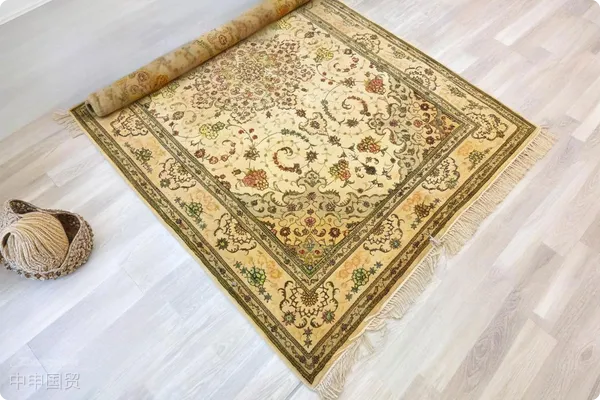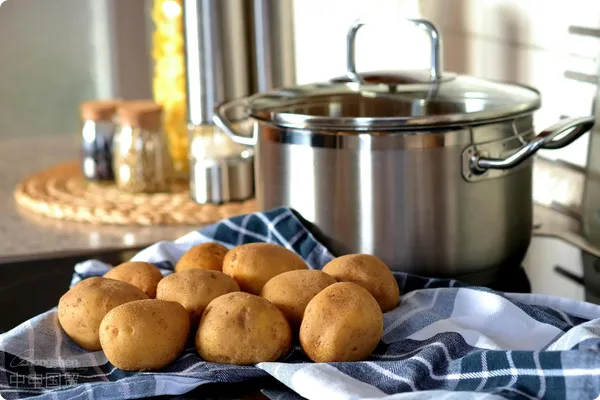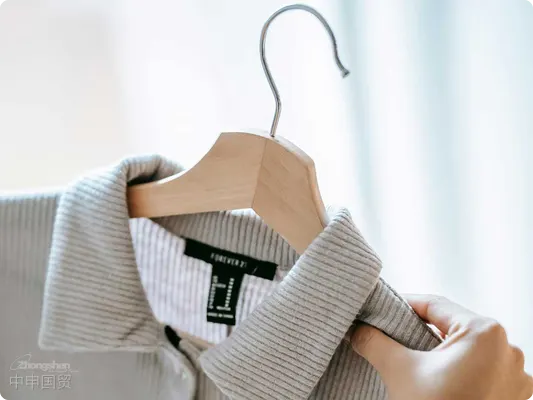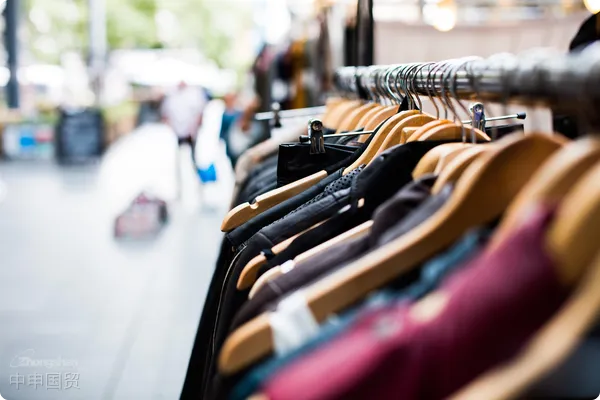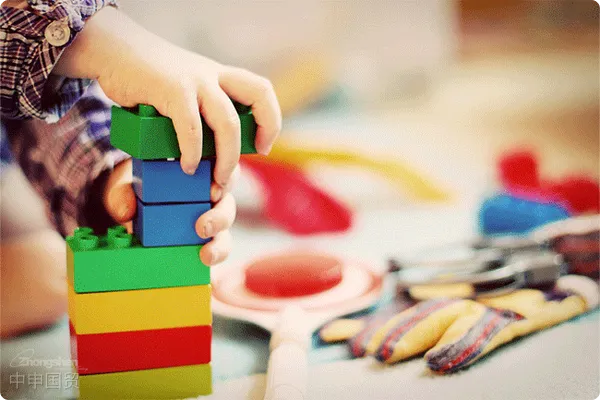- Shanghai Zhongshen International Trade Co., Ltd. - Two decades of trade agency expertise.
- Service Hotline: 139 1787 2118
In international trade, the customs classification of luggage is often a major challenge. Various handbags, backpacks, suitcases, etc. with different materials and uses, if misclassified, may lead to high tariffs, cargo delays or even return of goods. To helpforeign tradepractitioners easily cope with this challenge, this article will elaborate on the classification rules of Tariff Item 4202 in the Customs Tariff of the Peoples Republic of China to help you classify accurately and ensure the smooth progress of export business!import and exportLuggage is a general term for various containers used to hold things, including shopping bags, handbags, backpacks, waist bags, and various rolling suitcases, etc. However, the luggage referred to in this article only includes the items specifically listed in Tariff Item 4202 of the Customs Tariff of the Peoples Republic of China (referred to as the Tariff) and similar containers. These containers can be hard or have a hard base, or they can be soft containers without a base. Next, lets take a detailed look at the commodity classification of Tariff Item 4202 and the relevant classification rules.
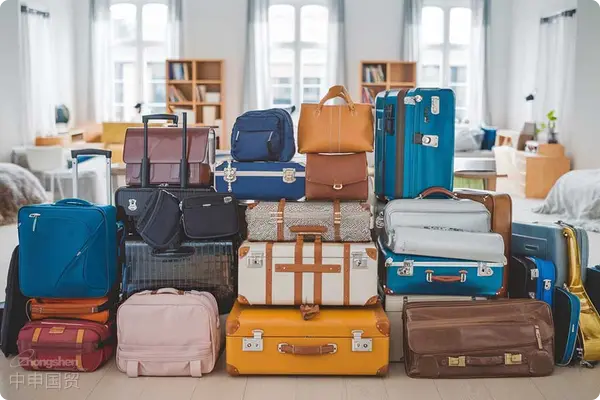
I. Definition and Categories of Tariff Item 4202
II. Structure and Classification of Tariff Item 4202
includes the following items: suitcases, portmanteaus, vanity cases, attaché cases, briefcases, school bags, spectacle cases, binocular cases, camera cases, musical instrument cases, gun cases and similar containers. These luggage and containers can be made of any material (except as otherwise provided in Notes 2 and 3 to Chapter 42).Similar Containers
- : include hat boxes, camera accessory cases, ammunition boxes, hunting knife sheaths and camping knife sheaths, portable tool boxes or tool cases, etc. These containers often have specific uses and are specially used to hold specific tools or items.(1) Travel Bags and Daily Containers
: include travel bags, food or beverage insulated bags, cosmetic bags, canvas bags, handbags, shopping bags, wallets, purses, etc. These containers must be made of leather or re - leather, plastic sheets, textile materials, vulcanized fiber or cardboard, or mainly covered with the above - mentioned materials or paper.: include wallets, stationery boxes, pen boxes, ticket boxes, sewing boxes, key bags, cigar boxes, pipe boxes, tool or jewelry roll - up bags, shoe boxes, brush boxes, etc.
- : include hat boxes, camera accessory cases, ammunition boxes, hunting knife sheaths and camping knife sheaths, portable tool boxes or tool cases, etc. These containers often have specific uses and are specially used to hold specific tools or items.Tariff No. 4202
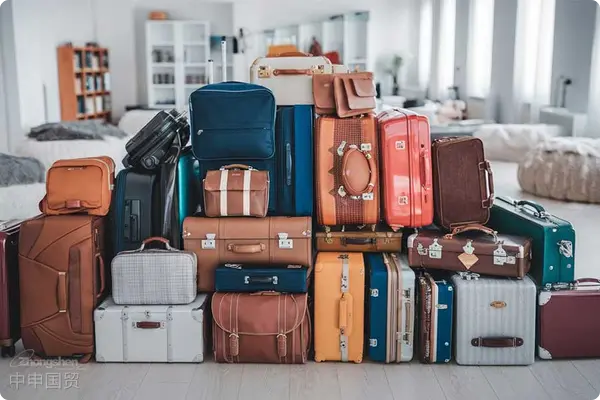
III. Classification of Easily Confused Commodities
covers various types of containers and bags. The following is a detailed classification:Suitcases, Portmanteaus, Vanity Cases, Attaché Cases, Briefcases, School Bags and Similar Containers
- With leather or re - leather as the surface:
- : Suitcases
- 42021110: Others
- 42021190With plastic or textile materials as the surface:
- Handbags (whether or not with straps, including those without handles)
- 42021210: Others
- 42021290With plastic or textile materials as the surface:
- 42021900With plastic or textile materials as the surface:
- : Suitcases
- : With leather or re - leather as the surface
- 42022100: With plastic sheets or textile materials as the surface
- 42022200Items usually placed in pockets or handbags
- 42022900With plastic or textile materials as the surface:
- Other Containers
- 42023100: With plastic sheets or textile materials as the surface
- 42023200Items usually placed in pockets or handbags
- 42023900With plastic or textile materials as the surface:
- When conducting customs classification, the classification of luggage - type commodities often causes confusion. The following explains the classification of several types of easily confused commodities:
- 42029100: With plastic sheets or textile materials as the surface
- 42029200Items usually placed in pockets or handbags
- 42029900With plastic or textile materials as the surface:
Tariff Item 4202
Items usually placed in pockets or handbags (under 4202.3)
According to the Explanatory Notes on Commodities and Tariff Items of the Import and Export Tariff, Sub - headings 4202.31, 4202.32 and 4202.39 apply to items usually placed in pockets or handbags, including spectacle cases, wallets, purses, key bags, cigarette cases, cigar cases, pipe cases and tobacco pouches, etc. Therefore, commodities beyond the scope of the sub - heading notes cannot be classified under 4202.3, but should be classified under 4202.9 according to the specific material.
Vanity Cases (under 4202.1)
In the Explanatory Notes on Commodities and Tariff Items of the Import and Export Tariff, vanity cases specifically refer to containers for dressing with a small mirror inside. According to different materials, they can be classified under 4202.11, 4202.12 or 4202.19. It should be noted that handbags and clutch bags are usually small bags for women to hold personal items. Whether or not they have straps and handles, they should be classified under 4202.2 according to the material.
Classification of Cosmetic Bags
Cosmetic bags should be classified under 4202.9 according to the material. Different from vanity cases, cosmetic bags do not have the clear requirement of having an attached small mirror, and their classification mainly depends on the materials used.
School Bags (under 4202.1)
School bags refer to luggage used to hold learning supplies such as books. According to different materials, they can be classified under 4202.11, 4202.12 or 4202.19. Commodities similar to backpacks should be classified under 4202.9 according to the material.
Portable Tool Boxes (under 4202.9)
Tool boxes made entirely of molded plastic are not with plastic sheets as the surface. Therefore, they cannot be classified under 4202920000 as other luggage with plastic sheets or textile materials as the surface, but should be classified under 4202990000. It should be noted that the tariff difference between these different classifications may be as high as 4%, so special care should be taken when classifying.
The customs classification of luggage - type commodities in import and export is a meticulous and important link. Different types and materials of luggage and containers need to be classified according to specific tariff numbers. To ensure accurate classification, enterprises should be familiar with the definitions and notes of various classifications, especially those related to materials, uses and specific descriptions. This not only helps to ensure smooth customs clearance but also avoids tariff differences and unnecessary costs caused by misclassification.
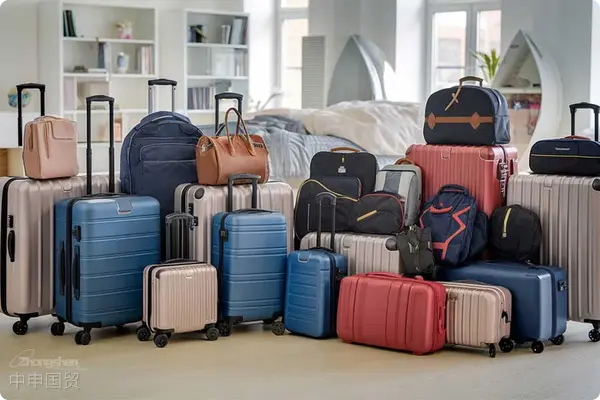
IV. Summary
What are the classification and declaration elements of export umbrellas? A comprehensive analysis to help you pass customs smoothly!
Related Recommendations
? 2025. All Rights Reserved. 滬ICP備2023007705號-2  PSB Record: Shanghai No.31011502009912
PSB Record: Shanghai No.31011502009912
